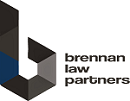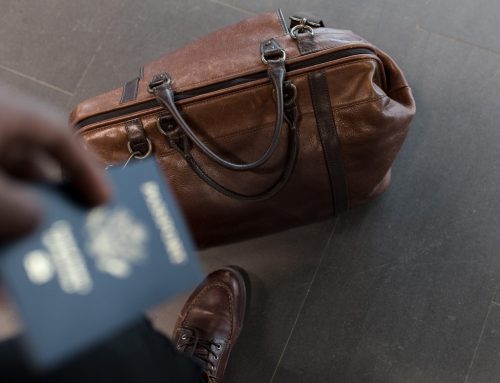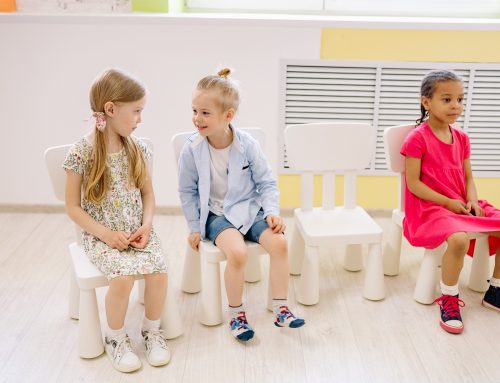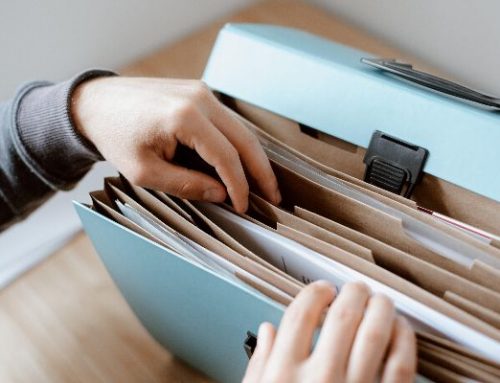COVID-19, Schools Closures and Keeping Everyone Safe
As widely anticipated, classes have not resumed ‘as normal’ for Victorian schools following the term 1 break. Instead most schools are navigating the reality of a virtual learning environment for most of their students, with only small numbers of students physically attending. All schools and principals must be commended for their efforts in coordinating arguably the most fundamental change to schooling ever.
Of course, as this is foreign territory for all schools and principals, it is easy to be consumed by survival instinct and to focus purely on the dramatically changed curriculum delivery methods. Whilst this is a reasonable initial response, as principal you must still be discharging your legal obligations to your students and employees to keep them safe when working remotely. You may be asking how can I possibly manage juggling the competing obligations of keeping my school open whilst making sure everyone is safe? We’re here to support you through this.
Anxiety is changing
Not too long ago, the overwhelming response from the education community was anxiety and fear about the health risks associated with the virus, and the practical realities of having to instantly adopt a whole new teaching method and approach. More recently, however, especially in light of positive feedback from our Ministers, families, students and colleagues, the position has shifted towards a communal, “we can do this!” attitude. And you certainly can! We want to take this opportunity to thank you and to congratulate you on the innovative ways you have begun delivering education this term.
A quick note on student safety – Please be aware that whilst we strongly encourage you to share and promote the incredibly valuable support and offerings you are making to your students and families to facilitate the online learning (after all, you deserve all the plaudits coming your way), be mindful that when posting to social media (or any other public forum) any information capable of identifying a student should be removed from the image. This includes blurring out any student names on for example, take home packages.
Student Morale
A helpful FREE children’s book has been released, which you can print or email to families to support your students through this unusual time. It’s called “Corona Virus: A Book for Children” and can be found here.

A continued obligation to protect staff
As well as planning for distance learning, you must also be planning for distance working. We know many of you have reduced your on-site teaching staff numbers on any given day to protect against the virus whilst managing the students who are required to physically attend. Some of you electing a roster system to share the load – great idea!
However, with a change in the employment landscape must come a shift in mindset and considerations about employee safety. You, like any employer, need to ensure that your employees can continue to work safely, whether they are at school or working from home. For staff working on site, the previously held obligations must continue. In the current climate, you must also, as far as is practicable be discharging all social distancing rules and best hygienic practices. Helpful posters to download and display around your school can be found here, including one on how to generally stop the spread and one specific to washing hands.
For staff working remotely, however, you must carefully consider your new obligation to ensure a safe working environment is in place. Notwithstanding that your staff are in their own homes, you must still take steps to ensure that their working environment at home is safe!
Your obligations are four fold:
1. An obligation to ensure the safety of teachers/staff
2. An obligation to monitor their health and provide information
3. An obligation to ensure others are not being put at risk by their work
4. An obligation to consult and engage with staff
1. To ensure the safety of teachers/staff
This means providing a safe workplace for them with all reasonable resources available to discharge their employment duties. This includes, but is not limited to, allowing staff to take home laptops, desks and chairs so they can be in a comfortable, safe and appropriate work space. This may also include providing guides on how to use equipment (e.g. printers, scanners).
2. To monitor their health and provide information
You should be regularly engaging with your staff, staying up to date with Government directives and communicating the practical realities to your staff. It is also time to manage emotional health and stress levels and ensure they are taking adequate breaks. There is a helpful Government poster here on managing mental health at this time.
3. To ensure others are not being put at risk by their work
If staff are working from home, they must be doing so in a safe manner. For teachers this shouldn’t be of too great a concern as their work is not typically ‘risky’, however, a note to exercise careful workplace set up should be communicated. One example may be communicating that computer cords need to be placed where they are not a tripping hazard.
4. To consult and engage with staff
This means continuing to allow staff to contribute to decision making processes. In the school environment it means frequently touching base with staff, hosting staff meetings and consulting relevant parties on any decision made.
Confidentiality and School Policies
It is also important that you emphasise to your staff that any obligations of confidentiality remain and so they should use the utmost discretion when working from home. Furthermore, teachers must understand that even whilst working from home they are bound by the school’s policies and procedures for best practice. This includes mandatory reporting requirements.
How can Brennan Law Partners assist?
We strongly recommend, if you have not done so already, that you have an active and implemented Working from Home Plan and regularly touch base with your staff, especially to monitor mental health. To assist with this, we are currently creating a basic guide and checklist for monitoring staff safety whilst they work from home which will be shared with you in the coming days. The guide will assist you and your employees to undertake self assessments of their remote work spaces to ensure they are safe and that you are discharging your obligations as employers.
In the meantime, if you have any questions about your existing policies, need a new or supplementary policy or are unsure what you should do at this time let us support you. We are available to talk to anytime, be it during school hours or after hours by phone, email or video conference.
If you have any questions regarding any information in this BLP Brief, we welcome you to contact us at any time.
This is meant as a guide only and should not be taken as legal advice.







